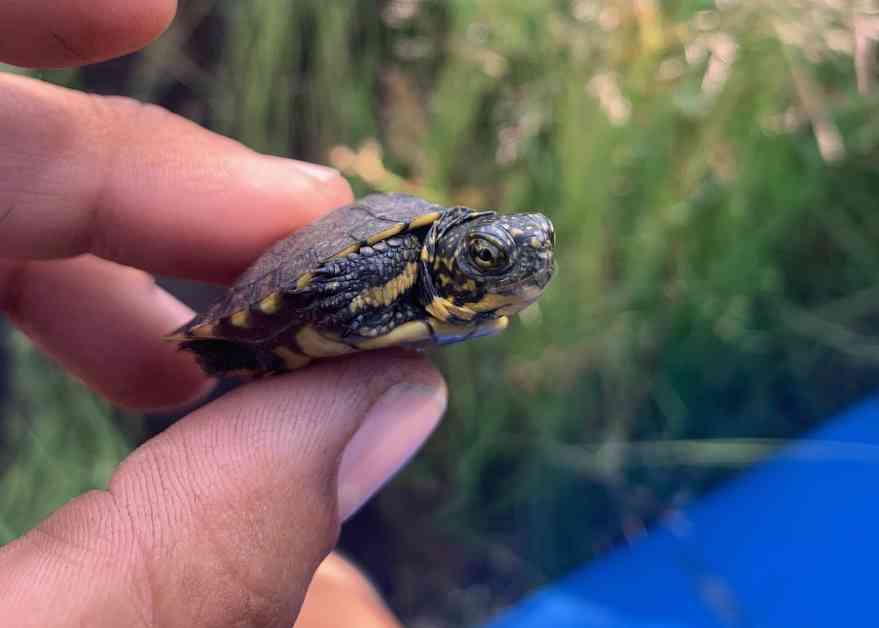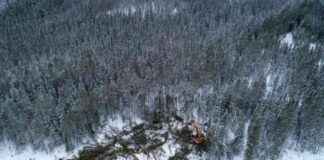Alright, so there’s this cute little northwestern pond turtle hatchling chilling at a study site in Yosemite. Sidney Woodruff from UC Davis snapped a pic of this little guy, and it’s just adorable.
Why trust those of us at EcoWatch? Well, we’ve been around since 2005, starting out as an Ohio-based environmental newspaper. Now, we’re all about spreading science-based content on environmental issues, causes, and solutions across our digital platform.
A recent study led by the brainiacs at UC Davis suggests that by kicking out non-native species, we might just give native species a fighting chance to bounce back in their natural habitats. The study, published in Biological Conservation, delved into the impact of removing invasive bullfrogs on the native western pond turtles, who’ve been having a rough time lately. According to UC Davis, these turtles have vanished from about half of their original stomping grounds.
Now, the western pond turtles face a slew of threats like habitat destruction, pollution, and disease. But hey, let’s not forget about those pesky invasive species causing trouble too. Reed canary grass and other invasives are making it tough for the turtles to find their nesting spots. And then you’ve got non-native critters like bullfrogs, red-eared slider turtles, and largemouth bass adding to the chaos by hogging up resources and chowing down on the poor pond turtles.
The American bullfrogs are real troublemakers, known for eating pretty much anything that fits into their mouths. Brian Todd, a smarty-pants from UC Davis, explains, “They’ve been causing declines to native species everywhere they’re introduced, which is around the world.” Yikes.
From 2016 to 2022, a crew of researchers kept their eyes on four sites in Yosemite National Park. Two sites had a bunch of bullfrogs running amuck, while the other two were bullfrog-free zones. To get rid of the bullfrogs, the scientists gathered up their eggs and let them dry out. As for the adult bullfrogs, well, let’s just say they didn’t make it out alive.
Guess what happened when the bullfrogs were kicked out? The pond turtles started thriving, with numbers skyrocketing in the bullfrog-free ponds. It turns out that only the big, old turtles were holding on in the bullfrog-infested waters, growing up to 36% bigger and 97% heavier. The little turtle babies were nowhere to be found, except in the bullfrogs’ bellies. Not a pretty sight.
After the bullfrogs were gone, other native creatures started popping up again, much to the researchers’ delight. Sidney Woodruff, the lead author of the study and a Ph.D. candidate at UC Davis, mentioned, “As bullfrog presence declined, we started to hear other native frogs call and see native salamanders walking around.” It was like a little party in the pond, celebrating the return of the natives.
Now, getting rid of bullfrogs might not be a walk in the park for all ponds due to costs and time constraints. But hey, this study shows there’s hope in using this approach in areas that really need a conservation boost. The researchers wrapped it up by saying, “While the challenges associated with invasive species removal are significant, our study shows the potential benefit of reversing species declines and restoring freshwater ecosystems.”
So, there you have it. Native species fighting back against the invasive troublemakers. It’s like a tale of survival and resilience in the wild. Not really sure why this matters, but it’s pretty cool to see nature bounce back when given a chance. Keep fighting the good fight, little pond turtles!














